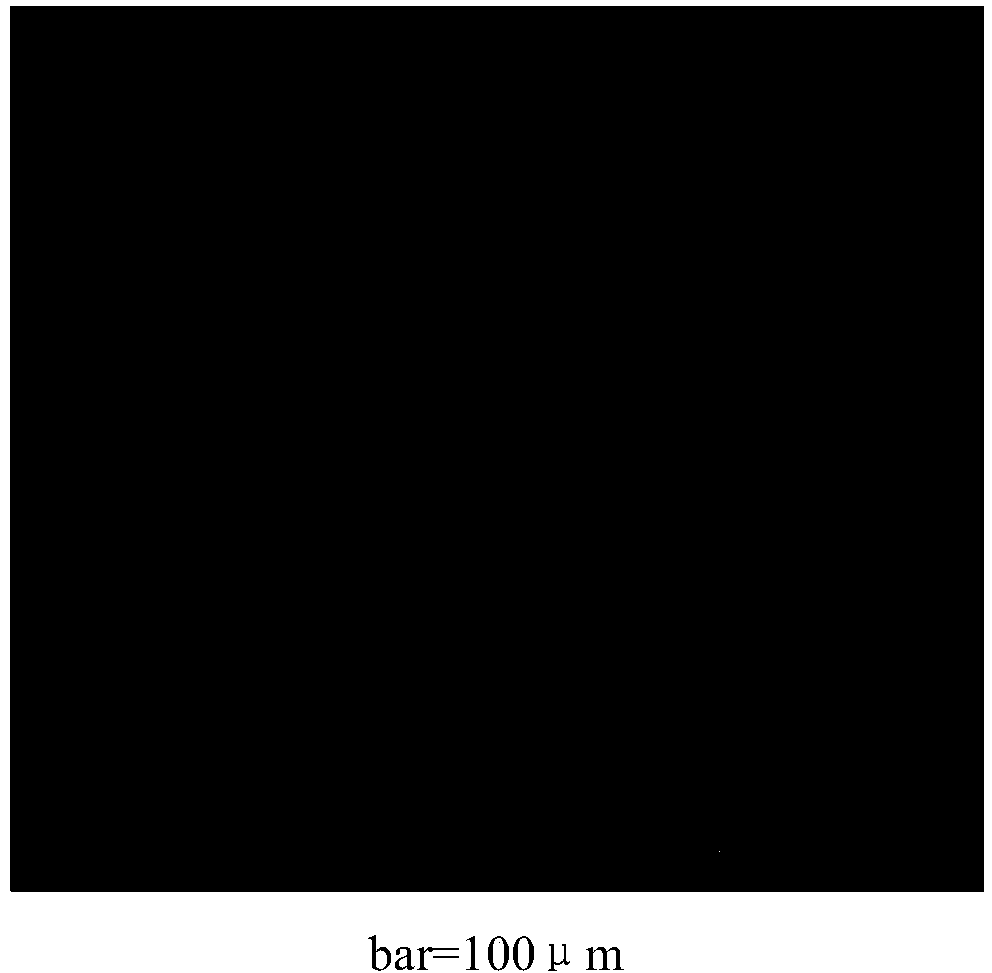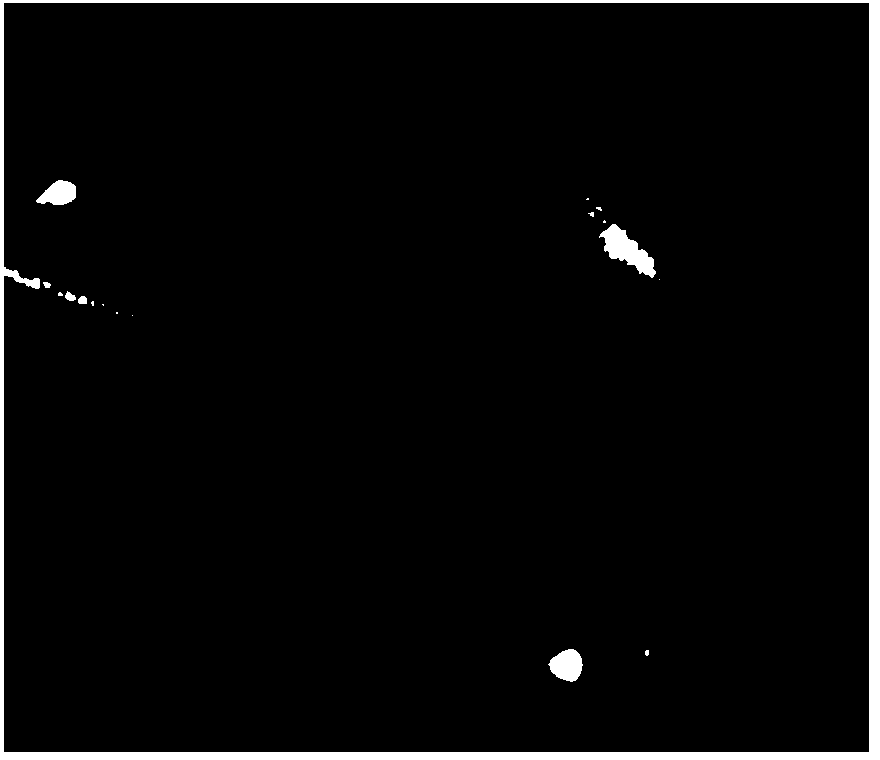Method for obtaining and cultivating sphagnum protonema
A culturing method and a sphagnum moss technology are applied in the field of natural resource utilization and protection, and can solve the problems of difficulty in collecting sphagnum spores, short protonema growth cycle, and lack of stable cultivation of sphagnum sphagnum protonema, and the like. The effect of protecting the ecological environment and improving the application efficiency
- Summary
- Abstract
- Description
- Claims
- Application Information
AI Technical Summary
Problems solved by technology
Method used
Image
Examples
Embodiment 1
[0023] The culture method of embodiment 1 peat moss protonema
[0024] Raw material: stems and leaves of peat moss (Sphagnum squarrosum) collected from Dagu Glacier in Sichuan, my country.
[0025] The formula of the improved Knop liquid medium is: Potassium dihydrogen phosphate (KH 2 PO 4 ) 250 mg / L, Potassium Chloride (KCl) 250 mg / L, Magnesium Sulfate (MgSO 4 .7H 2 O) 250 mg / L, calcium nitrate (Ca(NO 3 ) 2 .4H 2 O) 1000 mg / L, ferrous sulfate (FeSO 4 .7H 2 O) 14 mg / L, pH 5.4.
[0026] Equipment for continuous tissue crushing: pulverizer (Fluko Germany, FA25).
[0027] Specific steps: Cultivate peat moss for 2 weeks under moist soil conditions, and collect newly grown stems and leaves for detoxification. The detoxification method is 70% ethanol for 30 seconds, rinsed with sterile water for 3-5 times, then dry the stem and leaf bodies with sterile filter paper, and finally place them on the improved Knop solid medium for cultivation to obtain sterile Stem material. ...
Embodiment 2
[0028] Embodiment 2 utilizes the sphagnum protonema of cultivation to propagate the stem and leaf body of sphagnum moss
[0029] Raw material: the aseptic sphagnum moss protonema obtained by culturing in Example 1
[0030] The formula of the improved Knop liquid medium is: Potassium dihydrogen phosphate (KH 2 PO 4 ) 250 mg / L, Potassium Chloride (KCl) 250 mg / L, Magnesium Sulfate (MgSO 4 .7H 2 O) 250 mg / L, calcium nitrate (Ca(NO 3 ) 2 .4H 2 O) 1000 mg / L, ferrous sulfate (FeSO 4 .7H 2 O) 14 mg / L, pH 5.4.
[0031] The formula of the modified solid Knop medium is: liquid modified Knop+0.8% agar.
[0032] Culture conditions: temperature 18-22°C, shaker speed 120 rpm, 24h shaking, medium pH 5.4, suspension culture, light 3000Lux, light time 16h light / 8h dark.
[0033] Specific steps: stop the continuous tissue crushing of the sphagnum protonema cultivated in the above-mentioned embodiment 1, and place it on a shaker for culture, and the stem and leaf body can grow in 10 day...
PUM
 Login to View More
Login to View More Abstract
Description
Claims
Application Information
 Login to View More
Login to View More - R&D Engineer
- R&D Manager
- IP Professional
- Industry Leading Data Capabilities
- Powerful AI technology
- Patent DNA Extraction
Browse by: Latest US Patents, China's latest patents, Technical Efficacy Thesaurus, Application Domain, Technology Topic, Popular Technical Reports.
© 2024 PatSnap. All rights reserved.Legal|Privacy policy|Modern Slavery Act Transparency Statement|Sitemap|About US| Contact US: help@patsnap.com










